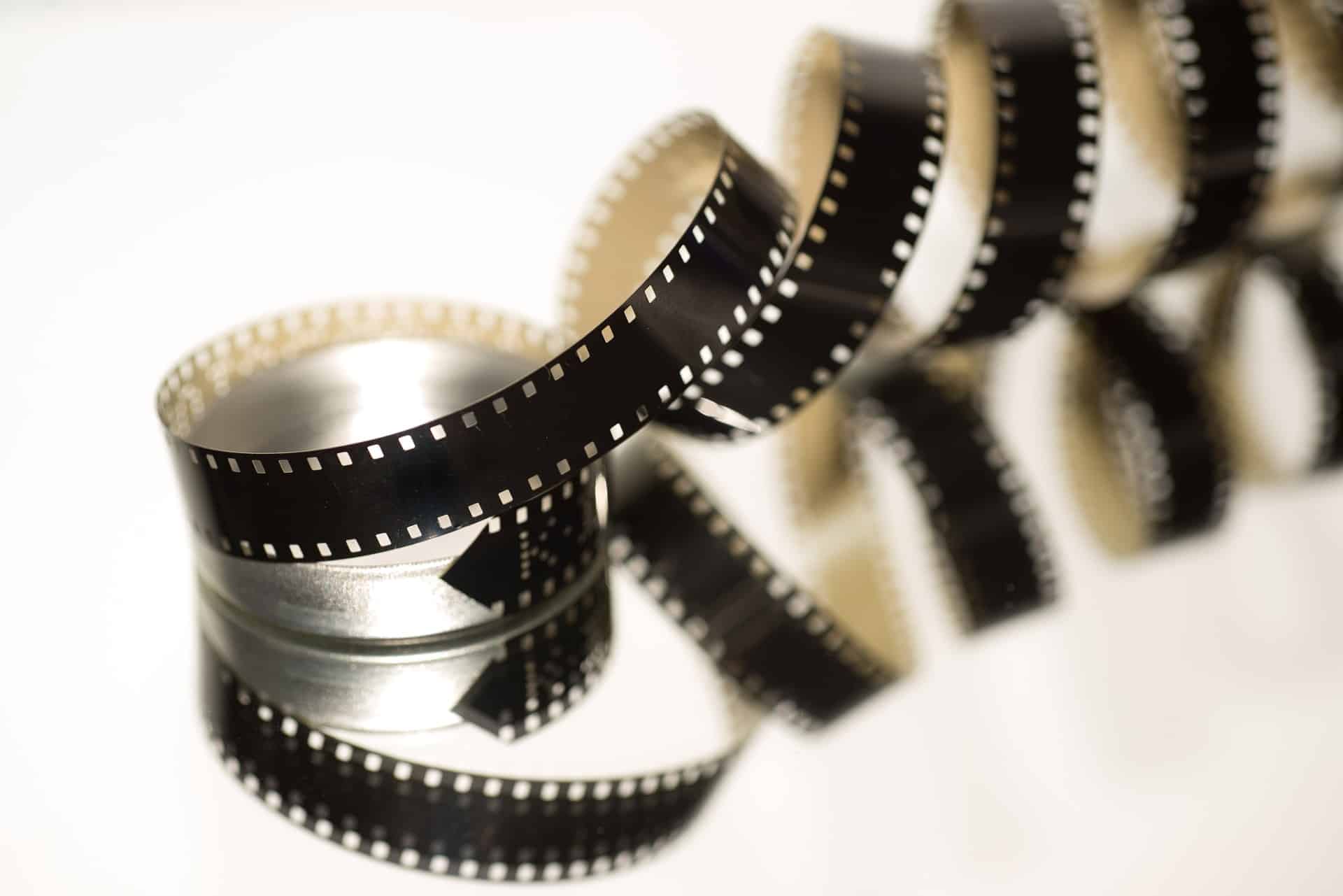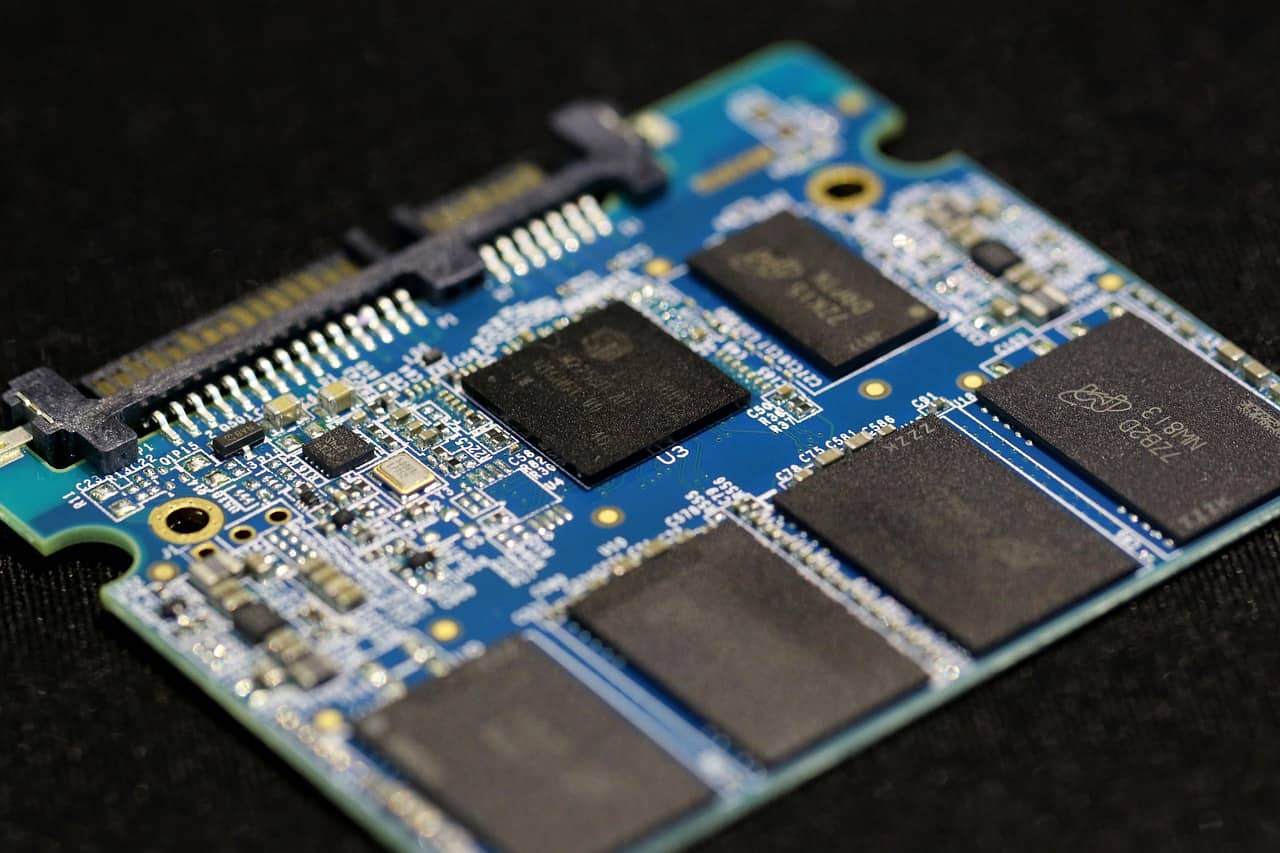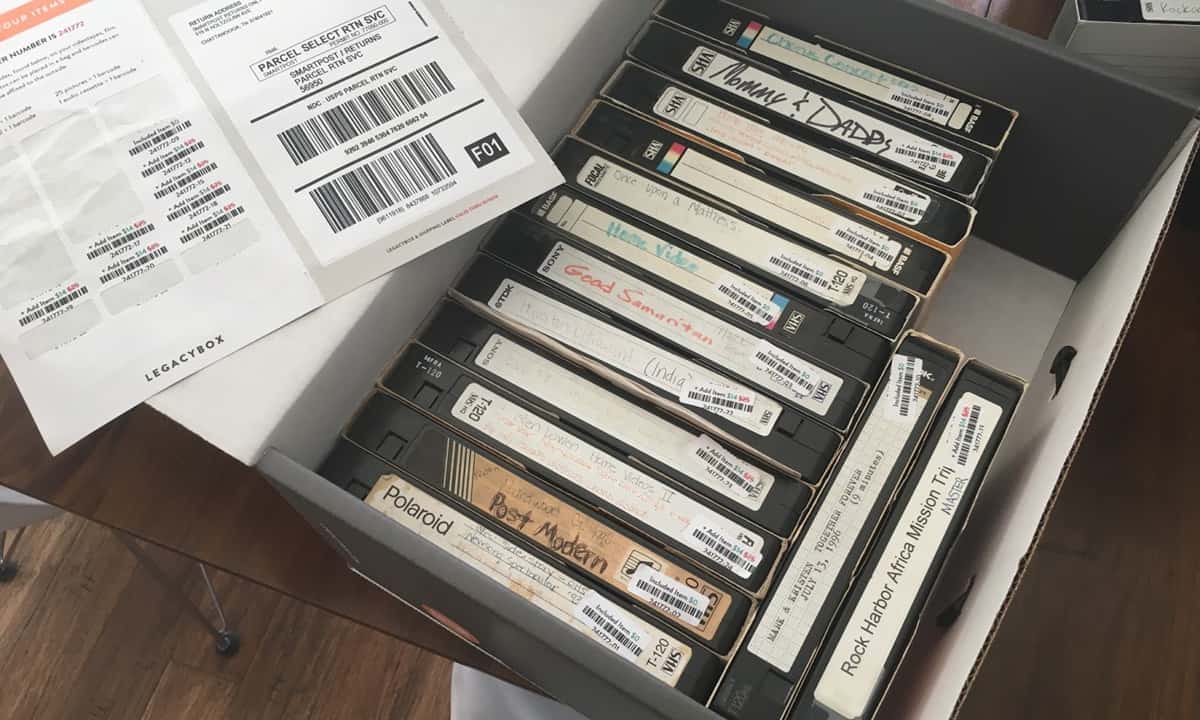Traditional Storage Might Not Be Advisable
Celluloid film breaks down over time. So also do CDs and DVDs, but what makes them a much more viable means of storage is the ability to easily transfer content conjoined with storability. If you’ve got old home movies on VHS, or 8MM, or Betamax, with every passing year, the footage becomes less viewable.
If you’re skeptical, consider the degradation of film quality which in part prompted George Lucas to re-release the original Star Wars trilogy in a special edition. Certainly, this move likely had more than a little to do with cashing in on nostalgia to fund future Intellectual Property (IP) profit. However, Lucas has a legitimate argument pertaining to film degradation.
Here’s an article for further reading if you’re interested; Lucas used the restoration excuse to make all manner of changes to the original trilogy. Some fans like the changes, some don’t. Regardless, the point is this: even at the highest levels of film quality, old reels break down over time. Now, Star Wars originally premiered in 1977, so it’s older than most home movies.
However, the “special editions” were made in 1997, twenty years after the original film’s release. So if you’ve got film on 8MM, VHS, or Betamax from the nineties, odds are that film has degraded significantly. This can mean faded colors, scratches, “wobbly” film, and sometimes picture so corroded you can’t even see it. The problem won’t get better if left alone. You need an upgrade.

How Transfers Are Ultimately Managed
What tends to be the practice today is transferring film from traditional analog formats to digital ones. At this link, you’ll find the best company to transfer 8MM to DVD. Working with companies like this can help you store all your old footage with ease digitally. You can distribute DVDs to whoever wants them, and they can store that footage on their computer.
Many computers in 2021 come standard with SSDs, or Solid State Drives. SSDs are superior to Hard Disk Drives, or HDDs, for a number of reasons; not least of which being reduced moving parts. HDDs require a physical disk to be spun. As a result, there are higher power draws, and greater opportunities for hardware to malfunction.
Meanwhile, SSDs are essentially the same as thumb drives: they have no moving parts. Were you a kid in the nineties? It’s the difference between a Nintendo 64 and a PlayStation. The N64 hardly had any load times, whereas you could wait a few minutes for your PS to load. Well, today the technology has become even more refined.

A Strategy for Preservation of Precious Family Films
If you transfer 8MM film to DVD, you can upload it to your modern SSD computer drive, and there it will be safe over the long term. Also, you’ll have a much easier time retaining that data, as computer technology exponentially increases over time. Basically, every three to five years you’re likely going to get a new computer with exponentially greater storage.
In all likelihood, you’ll migrate the totality of your data to the new computer each time you upgrade. An exact copy is made during the migration, you can keep your old computer in storage with all the data, and work with your new one as though you hadn’t lost even a byte of information. There’s no way to continuously upgrade celluloid film in this matter.
There are a lot of reasons to explore digital solutions for analog film, not least of which being the ceaseless march of time. Working with transferral companies can make the process quick and easy. You can transfer your old film to a DVD, and from there, put it in whatever format you find best.
